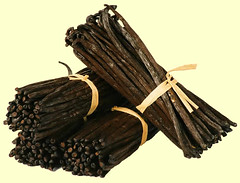Getting the hang of community-supported agriculture
Posted: - Modified: | cooking, cookordieI’m starting to get the hang of working with our community-supported agriculture box: a weekly assortment of fruits and vegetables from farms in Ontario. I finished last week’s lettuce today, supplementing it with lettuce from our cut-and-come-again planter (which is actually working as planned!) and topping it with two eggs from last week’s share.

Today we picked up baby greens, two kinds of lettuce, broccoli sprouts, two tomatoes, kale, basil, green onions, and a dozen eggs.
I like processing the vegetables as soon as possible so that I can lock in their freshness and avoid waste. I chopped the green onions and added them to last week’s freezer bag; they’ll see us through many recipes. I made lentil soup with the leftover asparagus stock, the green onion ends, and some carrots we had in the fridge. I ground the Genovese basil into pesto and popped it into the freezer. I baked half of the bunch of kale as chips, making sure to go easy on the oil and salt. The results:

The kale chips came out just right.
Kale chips: Preheat oven to 350F (175C). Wash, dry, and tear a bunch of kale into bite-sized pieces, removing the stems. Toss with a tablespoon of olive oil and a teaspoon of salt. Spread kale on a baking sheet covered with parchment. Bake for 8-10 minutes, or however long it takes for the kale to become crispy but not burnt. Munch away guiltlessly.
Summer is short enough as it is. I might as well eat like it. =)





